Many military structures and installations from the Soviet era can be found across Russia, but also across Eastern Europe. Some of them were abandoned and left to deteriorate with the collapse of the Soviet Empire, while others were modified and modernized according to the social and economic conditions and are still in use today. It is interesting that there are military objects in this part of the world which are much older than the Soviet Empire. In fact, their beginnings can be traced back to the days of Tsarist Russia or even to ancient times.
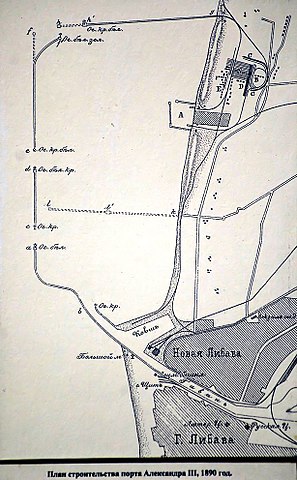
Important strategic positions were of special interest for the empires in any period of human history. Many regions which are conflict zones today where two or three world powers are clashing for domination have been in a similar situation throughout history. Events and situations that happened fifty, one hundred, or even a thousand years ago are still happening but in different conditions and with different players. Unfortunately, because this repetition is cemented into human nature, similar occurrences might happen again in the future, even though today the regions may be at peace.
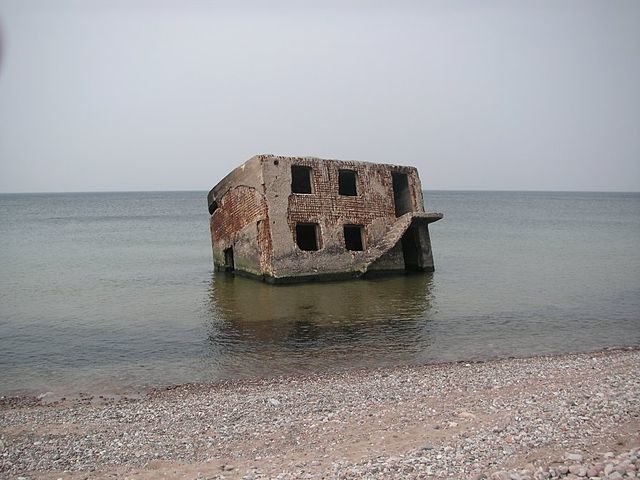
Karosta, which literally means Naval Port, is a district located in the northern part of the coastal city of Liepaja, Latvia. During the Soviet era, this part of the city was a closed military town and a base of the Soviet Navy. The access to this territory was forbidden even to the residents of Liepaja. After the final end of the USSR, Latvia again became an independent state. The port and the base were abandoned because the troops moved to Russia. That led some of the houses and apartments to be left abandoned too. A majority of the buildings in Karosta, especially the storehouses and the bunkers, are empty and decaying.
Now this picturesque neighborhood on the shore of the Baltic Sea in western Latvia looks like a real ghost town. Although it is not completely deserted, there are many buildings which have been completely empty for years. The mixture of characteristic apartment blocks from the Soviet era and structures from the Tsarists era is quite unique and gives Karosta a uniquely charming appearance. The Orthodox church and Karosta prison, which operates as a museum, are probably the most impressive structures from the buildings that are still in use.
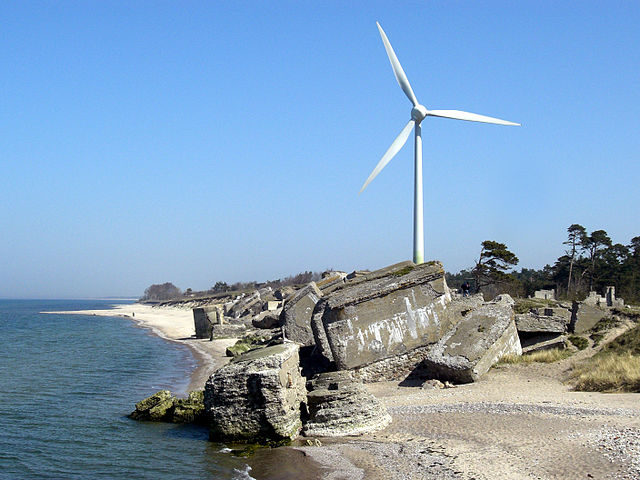
The story of Karosta begins at the end of the 19th century. Construction work started in 1890 by orders of the Russian Tsar Alexander III. The military complex was finally finished in 1906. Actually, the city of Liepaja had been a very important strategic place since ancient times, mainly because this part of the Baltic Sea did not freeze during the winter.
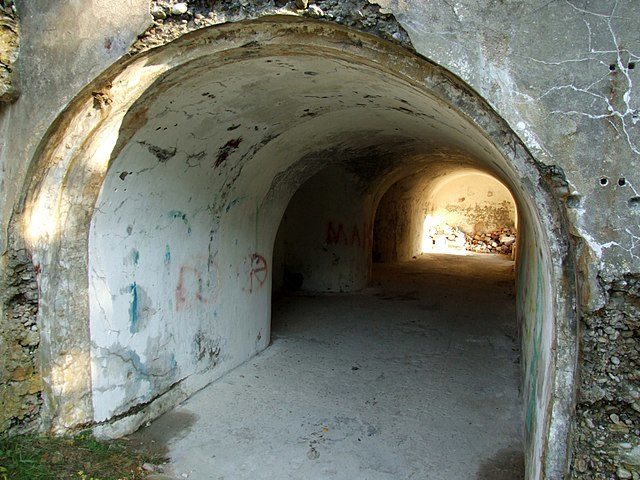
The Tsar’s architects, led by the mastermind of the project, major-general Ivan McDonald, designed an impressive and expensive military complex. A large harbor for 140 warships and 30 submarines, a grand sea wall, ditches, and places for cannons were erected. Also, a large fortification system, known as Naval Port fortress, was constructed around the entire city of Liepaja in order to protect the important port from eventual enemy attacks. The whole complex was connected with several man-made canals and a railway.
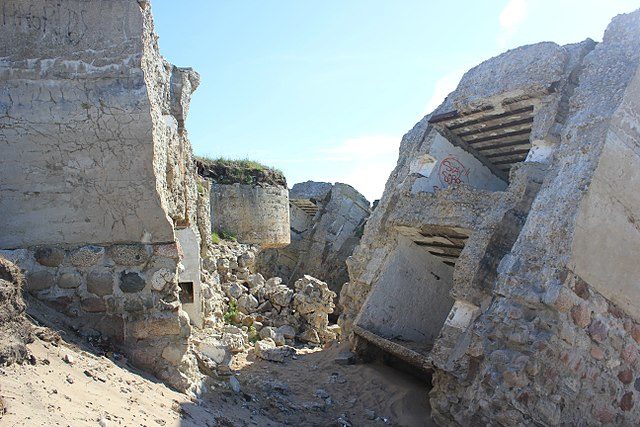
The Northern forts were an essential part of Liepaja’s fortress. But it didn’t last for long. In 1908, Tsar Nicholas II decided to close down the sea fortress for unknown reasons. Some historians believe that this was made as an act of friendship towards Germany after the political agreement signed between the two countries. Others think that his advisers told him that the construction of the massive military complex was a tactical mistake and an expensive project to maintain.
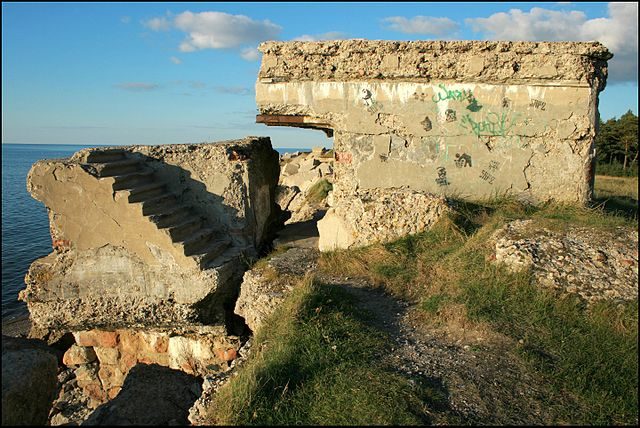
However, the structures of the large system of concrete fortifications were deliberately destroyed. From today’s perspective, knowing that World War I started a few years later, the closing of the fortress looks like a huge mistake for the position of Russia during the war.
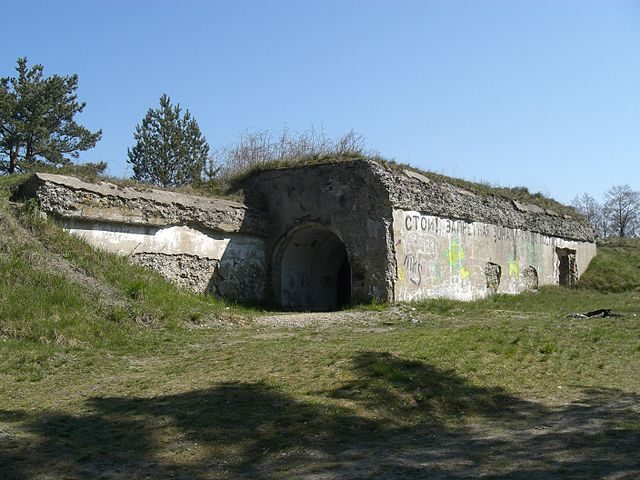
The cannons were melted down or moved to other fortifications. Also during World War I, some parts of the structures, especially the underground bunkers, were demolished with explosives, but their complete destruction failed because of the building’s strong foundations. Now the signs of these actions are scattered around. Over the years, those parts which were close to the sea collapsed into the water.
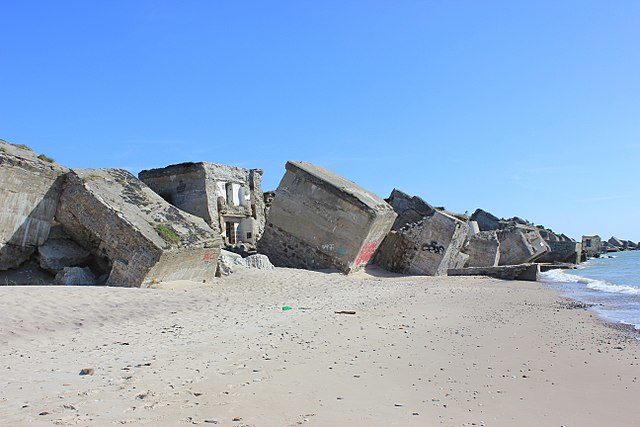
Thus a magnificent image on the shore of the Baltic Sea was created. The concrete remains of the buildings which lay in the sand and in the water attract many tourists. Additionally, the bunkers and the cellars on two levels that make a labyrinth underground are magnets for graffiti artists. Similar forts from the same fortification system, essentially in the same ruined condition, can be seen south of Liepaja.
